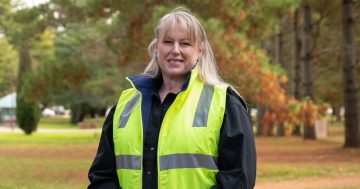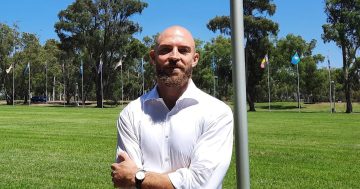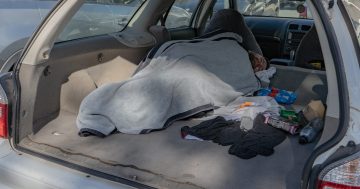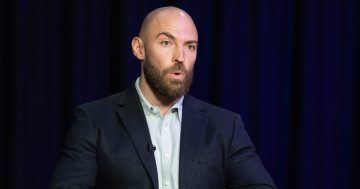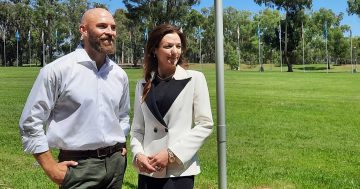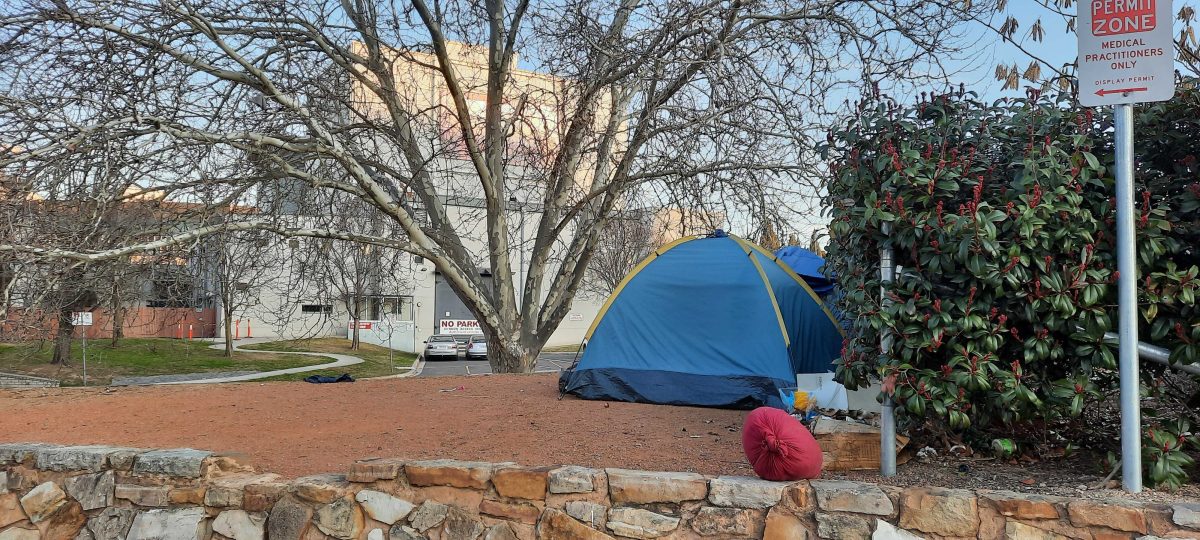
A homeless camp in the heart of Civic near the Canberra Theatre. Photo: Ian Bushnell.
The Independents for Canberra group is promising to force action on public housing waiting lists and homelessness if their MLAs hold the balance of power in the new Legislative Assembly after the 19 October elections.
The group has pledged to guarantee Housing ACT gets the funding it needs to reduce the priority housing list wait time to a maximum of 30 days, cut the high-needs housing list wait time to a maximum of 90 days and ensure the ACT leads the nation in the condition of public housing homes.
The group expects significant additional capital and recurrent expenditure to be required to build and maintain the housing stock needed to achieve these targets but has not identified a specific figure.
Independents for Canberra candidates have also committed to implementing a dedicated child and youth homelessness action plan, co-designed with the community sector, to eliminate homelessness among this group in the ACT.
The group will also introduce a digital territory-wide social housing register to integrate public and social housing.
This follows the announcement last week that it would close the 30 per cent community sector funding gap.
The group says 3152 households are currently on the ACT public housing waitlist, equating to about 7000 people.
The average wait time for Canberrans on the priority public housing waitlist is 197 days, which is for people who “need urgent help with housing”, including people who are homeless, people who have serious health issues, and people who are experiencing domestic violence, among others. The average wait time for high-needs housing is 1197 days.
The ACT is currently the second-worst state or territory in Australia in terms of the condition of its public housing stock.
Independents for Canberra leader and candidate for Kurrajong, Thomas Emerson, said people in every electorate wanted to see urgent action from the ACT Government on housing and homelessness.
“It’s time to end homelessness in Canberra,” Mr Emerson said.
“How can it be that the most progressive government in the country has completely failed to house so many of the most vulnerable members of our community?”
Mr Emerson said 12 years under the Labor-Greens coalition had resulted in a reduction in the public housing stock of almost 9 per cent despite population growth of 30 per cent.
He said women fleeing violence were being told to wait while people slept in cars parked around the lake or at local shops, some with children in the back seat.
“Almost 900 children are homeless in the ACT, and over 400 of those children are under the age of 10. Is this what we want for our national capital?” Mr Emerson said.
“I want my kids to grow up in a Canberra where there’s a safe place to sleep for everyone, not just for those who can afford it.
“We need far more good-quality social housing and comprehensive wraparound services for people experiencing homelessness, neither of which has been prioritised by our government.”
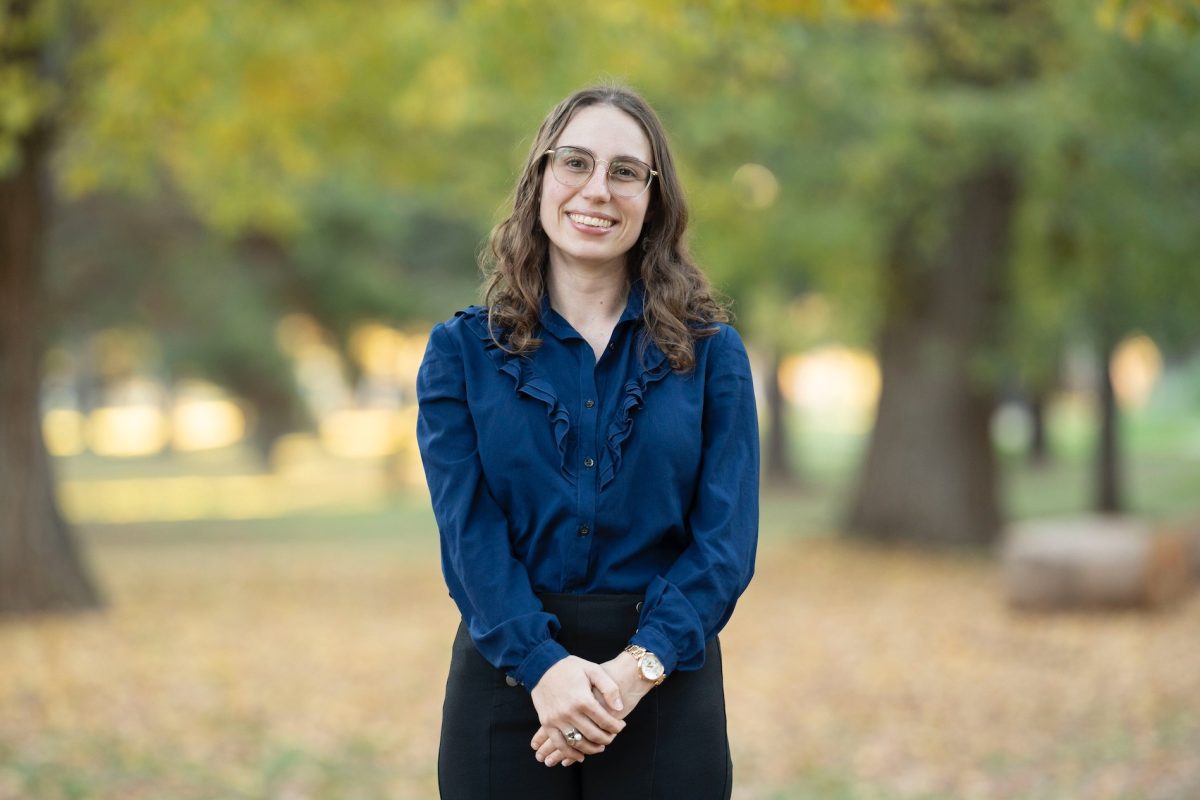
Independents for Canberra candidate Riley Fernandes knows how tough Canberra’s housing market is. Photo: Independents for Canberra.
Riley Fernandes, candidate for Brindabella, is a single mother who has been on the public housing waitlist since September 2022.
“I’ve been on the housing waitlist for almost two years,” Ms Fernandes said.
“It’s been a bumpy ride. I’m now in a private rental that my friend was open to sharing with me and my 18-month-old daughter.
“There isn’t a single rental property in Canberra that I could afford on my own.
“We’ve seen reports released for several years consecutively saying more social housing is needed to bring Australians out of poverty, but the numbers just keep getting worse.”
Housing ACT aims to deliver 1400 new public housing homes in the Territory by 2027 through new builds and redevelopment of older stock.
But an Auditor-General’s report in May found the program won’t deliver more homes in real terms and could restrict supply in the future.
The audit examined the management of the program and found that while it will result in a net increase of 400 public housing homes by 2027 (compared to 2019), in real terms, available housing stock will not grow.
There are currently about 26 public housing homes per 1000 people in the ACT. If the program reaches its targets, there will be about 24 homes per 1000 people. That’s down from about 28 public housing homes per 1000 people in 2018.













